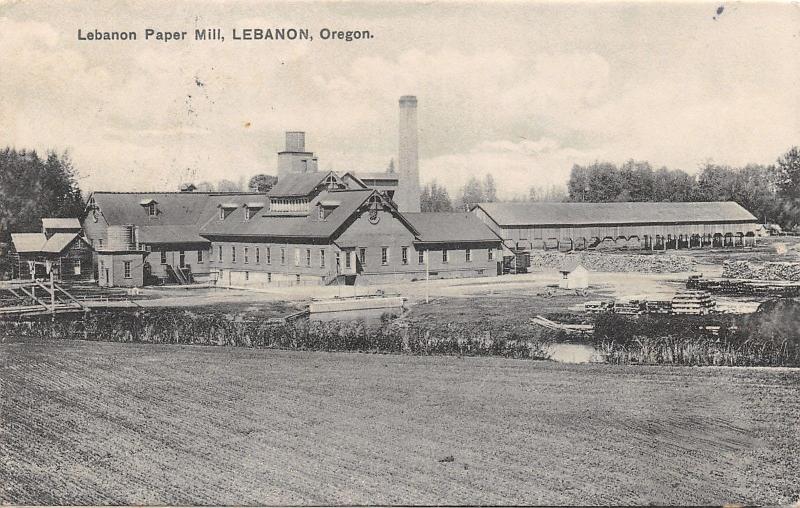Lebanon is a city in Linn County, Oregon, United States. Lebanon is located in northwest Oregon, southeast of Salem. Take a look below for 15 great and awesome facts about Lebanon, Oregon, United States.
1. The population was 15,518 at the 2010 census.
2. Lebanon sits beside the South Santiam River on the eastern edge of the Willamette Valley, close to the Cascade Range and a 25-minute drive to either of the larger cities of Corvallis and Albany.
3. Lebanon is known for its foot-and-bike trails, its waterside parks, and its small-town character.
4. According to the United States Census Bureau, the city has a total area of 6.87 square miles (17.79 km2), of which 6.67 square miles (17.28 km2) is land and 0.20 square miles (0.52 km2) is water.
5. This region experiences warm (but not hot) and dry summers, with no average monthly temperatures above 71.6 °F (22.0 °C). According to the Köppen Climate Classification system, Lebanon has a warm-summer Mediterranean climate, abbreviated “Csb” on climate maps.
6. Lowe’s Regional Distribution Center is the largest employer in Lebanon, with 650 employees.
7. The other major employers are Samaritan Lebanon Community Hospital, Lebanon Schools, Wal-Mart, Weyerhaeuser, and Entek International.
8. Lebanon is served by the Lebanon Community Schools public school district, which includes Lebanon High School. It is also home to the private East Linn Christian Academy, which serves students from preschool through twelfth grade (PreK-12).
9. Western University of Health Sciences opened their College of Osteopathic Medicine of the Pacific, Northwest in August 2011, the first new medical school in Oregon since Oregon Health & Science University was established. The school opened with 107 students.
10. In 2017, Linn-Benton Community College opened its HealthCare Occupations Center beside the osteopathic college.
11. In 1847, Jeremiah and Jemima Ralston bought a pioneers’ cabin, staked a claim, and built a log house on a low rise at what is now Ralston Park. Nearby, on today’s Main Street, they built a store. It soon became a stop for gold seekers on their way to California. A village grew up around the store, and in 1855 the couple filed a plat for the town, naming it for Jeremiah’s birthplace of Lebanon, Tennessee. They also donated land for the Santiam Academy, which the Methodist Episcopal Church operated until 1906.
12. Lebanon was established on the land of the Louis Band of the Santiam Kalapuya.Like other Kalapuya tribes, the Santiam had dwindled in number, from malaria and other diseases, before the Americans arrived. In 1855, the band sold the U.S. government their rights to the land and moved to a temporary reservation on a claim belonging to the Ralstons’ son, just south of their own. There the band awaited removal to the Grand Ronde Valley.
13. In 1859, local men in search of a way to drive cattle to central Oregon discovered the Santiam Pass. Soon Lebanon found itself on another essential trade route. Linn County stockmen incorporated the Willamette Valley and Cascade Mountain Road in 1864, and vacationers as well as stockmen came to rely on what came to be called the Santiam Wagon Road. This toll road was later replaced with U.S. Highway 20.
14. Transportation was often easier by water than land in the early decades of American settlement in the Willamette Valley. The South Santiam River was too shallow for large boats, so in 1872 construction began on a canal to carry barges laden with goods between Lebanon and Albany. But the water flowed too fast for upstream shipping, and the coming of the railroad curtailed downstream shipping. Today, however, the canal is still in use, running through Lebanon backyards to provide water for the people of Albany.
15. Railroads helped Lebanon provide its goods not only to Albany but to the world. The Albany–Lebanon Railroad, completed in 1880, was a branch of the Oregon and California Railroad’s north–south line through Albany. The Southern Pacific eventually took over these lines and, in 1910, rerouted the old Oregonian line through Lebanon.




